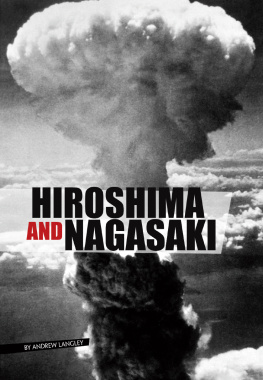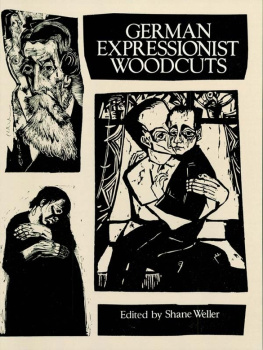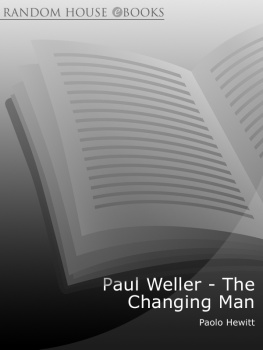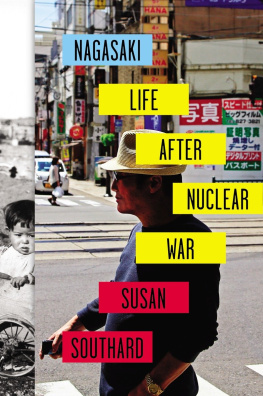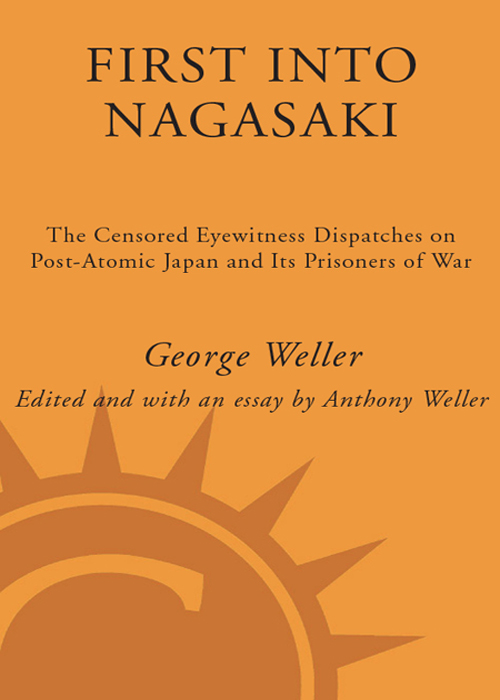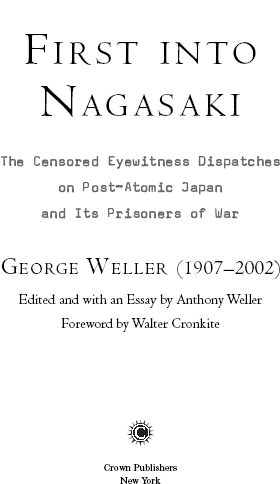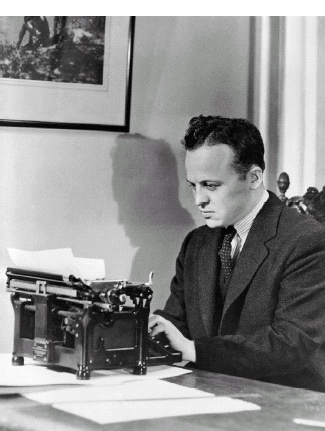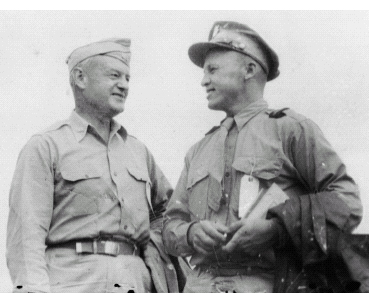George Weller - First Into Nagasaki: The Censored Eyewitness Dispatches on Post-Atomic Japan and Its Prisoners of War
Here you can read online George Weller - First Into Nagasaki: The Censored Eyewitness Dispatches on Post-Atomic Japan and Its Prisoners of War full text of the book (entire story) in english for free. Download pdf and epub, get meaning, cover and reviews about this ebook. year: 2006, publisher: Crown, genre: Detective and thriller. Description of the work, (preface) as well as reviews are available. Best literature library LitArk.com created for fans of good reading and offers a wide selection of genres:
Romance novel
Science fiction
Adventure
Detective
Science
History
Home and family
Prose
Art
Politics
Computer
Non-fiction
Religion
Business
Children
Humor
Choose a favorite category and find really read worthwhile books. Enjoy immersion in the world of imagination, feel the emotions of the characters or learn something new for yourself, make an fascinating discovery.

- Book:First Into Nagasaki: The Censored Eyewitness Dispatches on Post-Atomic Japan and Its Prisoners of War
- Author:
- Publisher:Crown
- Genre:
- Year:2006
- Rating:5 / 5
- Favourites:Add to favourites
- Your mark:
First Into Nagasaki: The Censored Eyewitness Dispatches on Post-Atomic Japan and Its Prisoners of War: summary, description and annotation
We offer to read an annotation, description, summary or preface (depends on what the author of the book "First Into Nagasaki: The Censored Eyewitness Dispatches on Post-Atomic Japan and Its Prisoners of War" wrote himself). If you haven't found the necessary information about the book — write in the comments, we will try to find it.
As Nagasakis first outside observer, long before any American medical aid arrived, Weller witnessed the bombs effects and wrote the anatomy of radiated man. He interviewed doctors trying to cure those dying mysteriously from Disease X. He typed far into every night, sending his forbidden dispatches back to MacArthurs censors, assuming their importance would make them unstoppable. He was wrong: the U.S. government censored every word, and the dispatches vanished from history.
Weller also became the first to enter the nearby Allied POW camps. From hundreds of prisoners he gathered accounts of watching the atomic explosions bring an end to years of torture and merciless labor in Japanese mines. Their dramatic testimonies sum up one of the least-known chapters of the warbut those stories, too, were silenced.
It is a powerful experience, more than 60 years later, to walk with Weller through the smoldering ruins of Nagasaki, or hear the sagas of prisoners who have just learned that their torment is over, and watch one of the eras most battle-experienced reporters trying to accurately and unsentimentally convey to the American people scenes unlike anything heor anyone elseknew.
Weller died in 2002, believing it all lost forever. Months later, his son found a fragile copy in a crate of moldy papers. This historic body of work has never been published.
Along with reports from the brutal POW camps, a stirring saga of the worst of the Japanese hellships which carried U.S. prisoners into murder and even cannibalism, and a trove of Wellers unseen photos, First into Nagasaki provides a moving, unparalleled look at the bomb that killed more than 70,000 people and ended WWII. Amid current disputes over the controlled embedding of journalists in war zones and a governments right to keep secrets, it reminds us how such courageous rogue reporting is still essential to learning the truth.
George Weller: author's other books
Who wrote First Into Nagasaki: The Censored Eyewitness Dispatches on Post-Atomic Japan and Its Prisoners of War? Find out the surname, the name of the author of the book and a list of all author's works by series.

